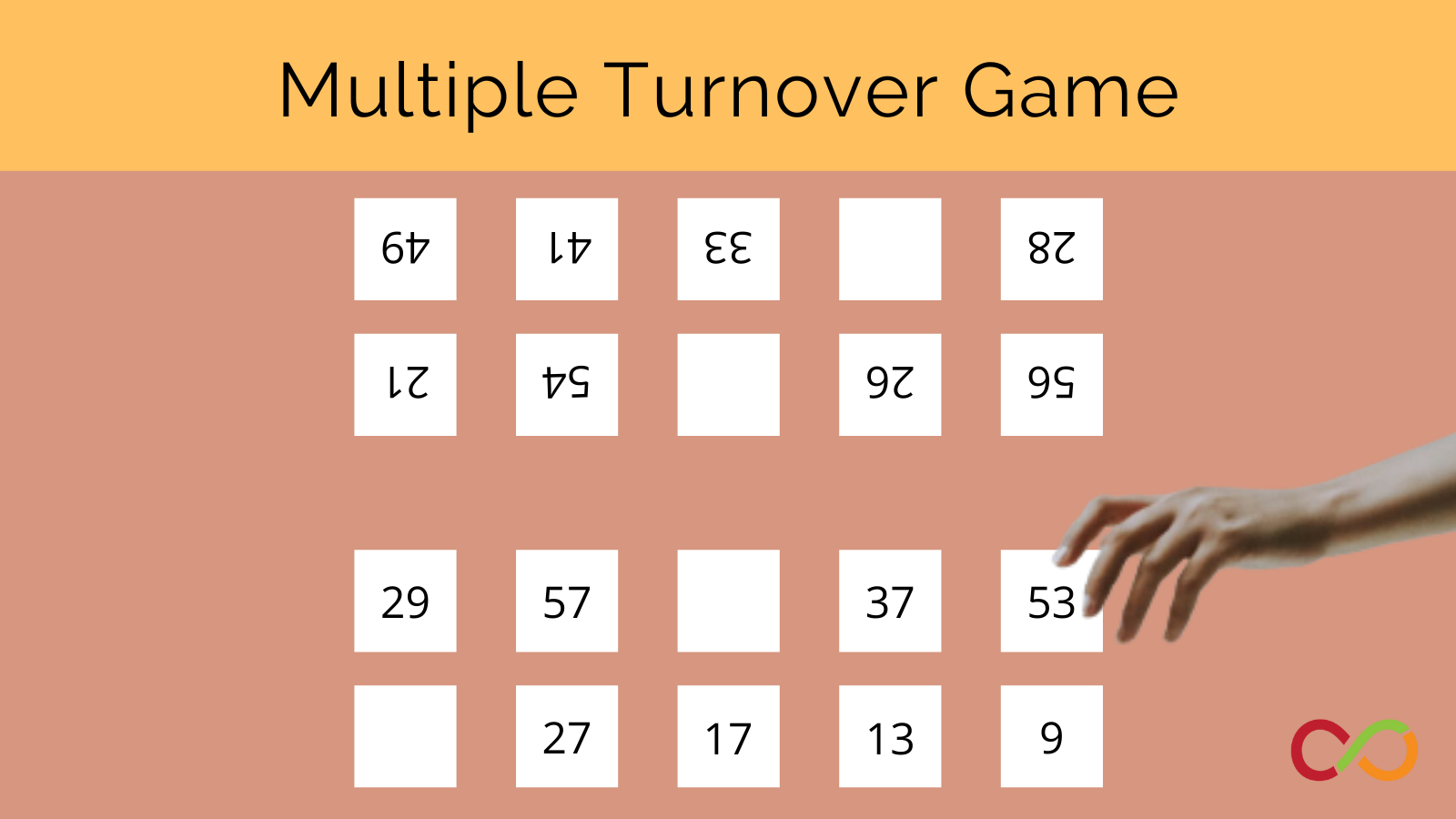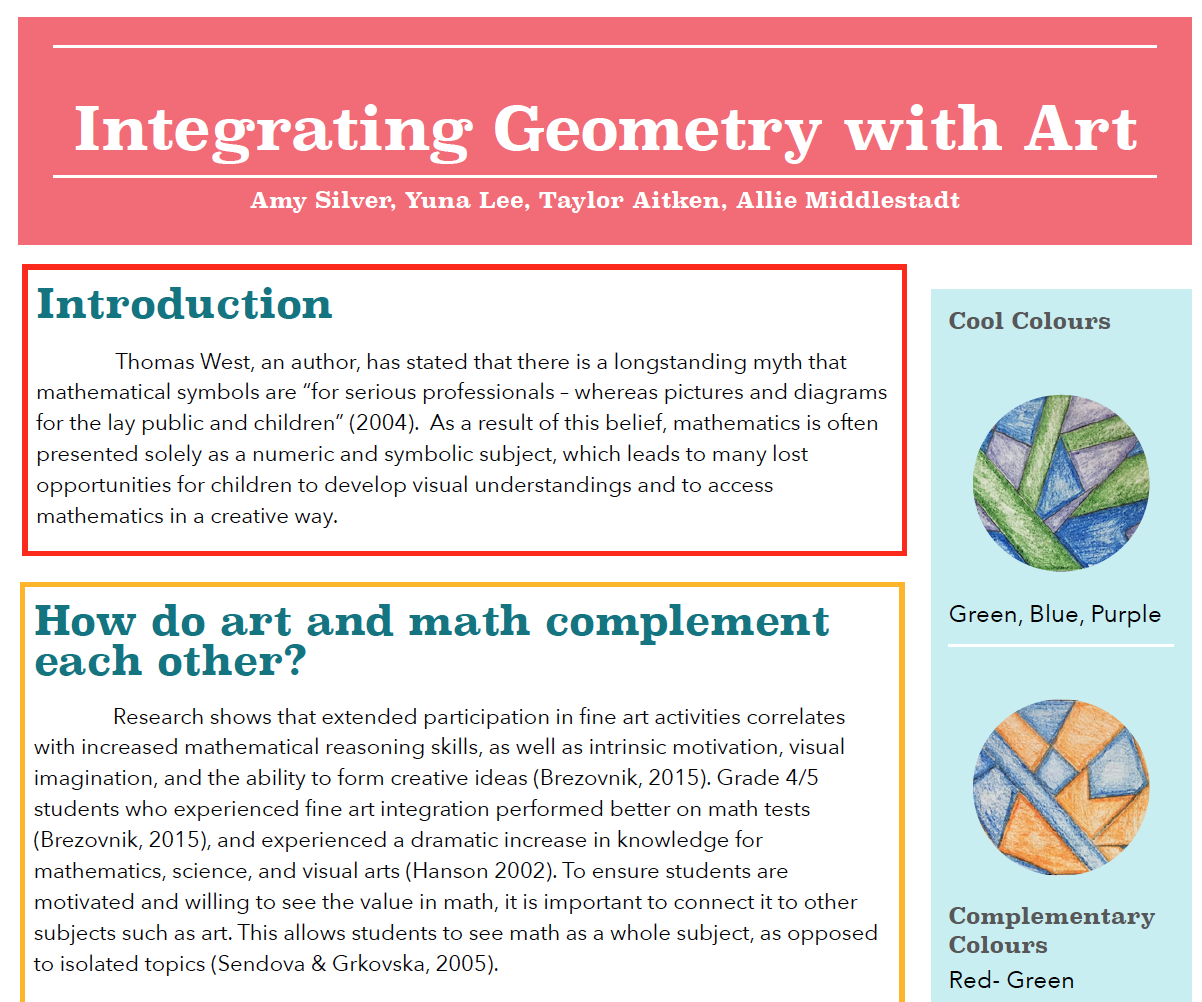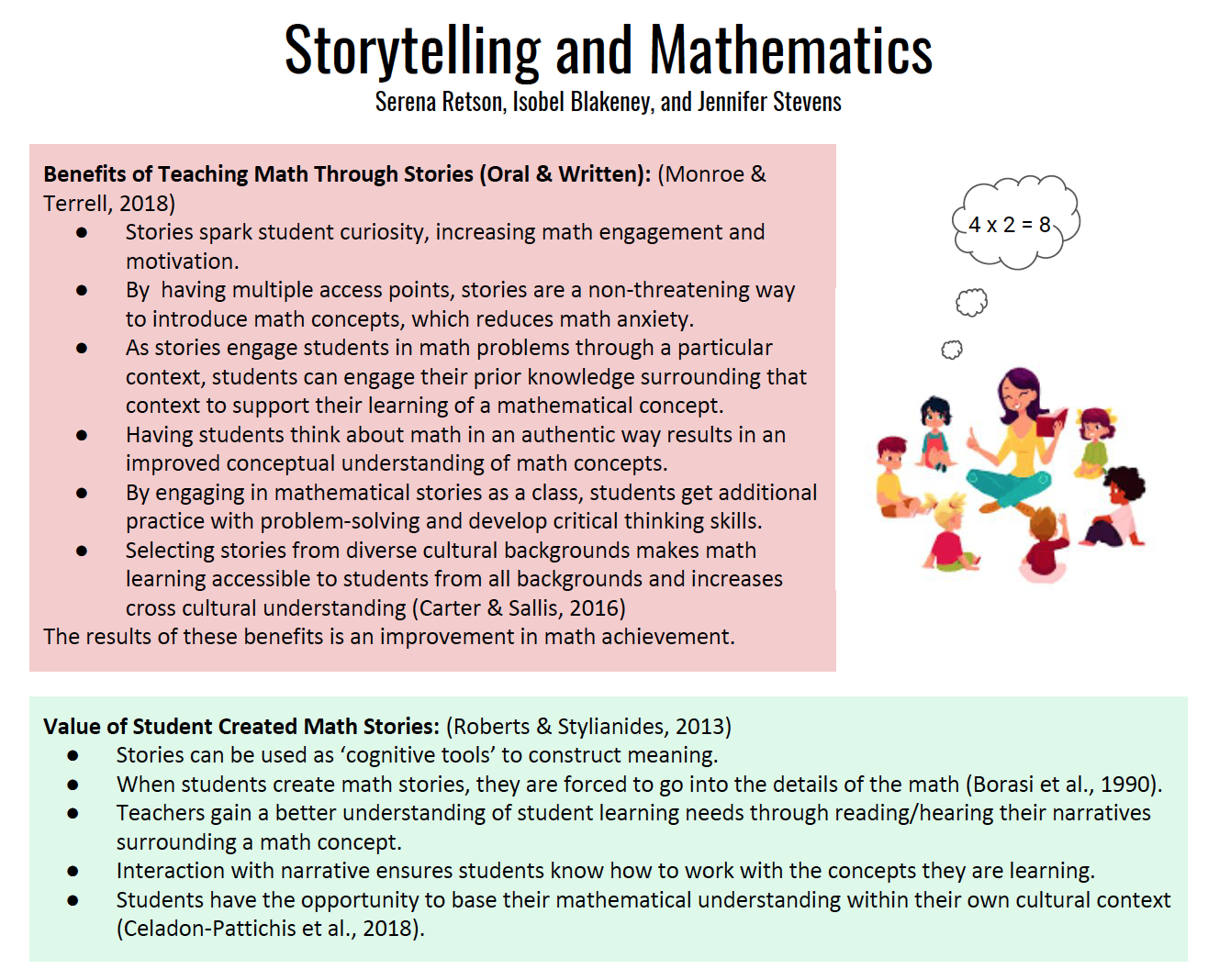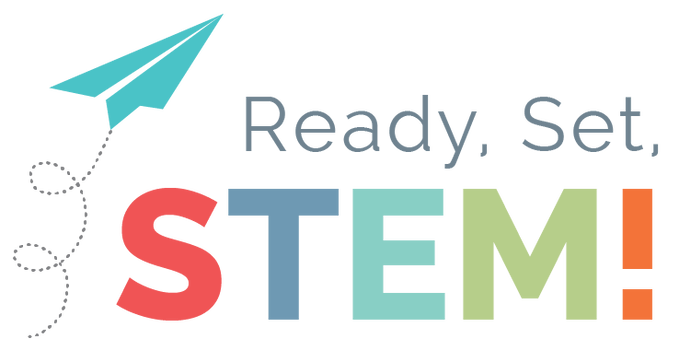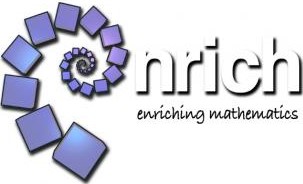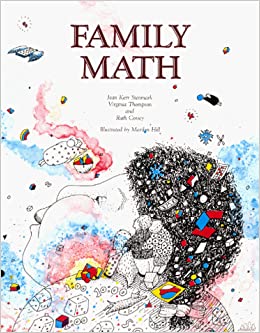Math is embedded in everyday life. “There is always math around us. It’s in the design of what we’re living in, in the schedule of our day, in the structure of how we organize our lives,” says Joan Moss, Professor Emeritus at the Dr. Eric Jackman Institute of Child Study, OISE/UT. While math is all around us, it may be difficult to notice – especially if you do not see yourself as a “math person.” This may be partly due to school mathematics programs that focus on worksheets and rote procedures with little applicability to real world problems. Starting to notice math in everyday life can provide a window into the practical role mathematics plays in making the world a beautiful place to live.
How Do I Teach Math at Home?
In a time where everyone is trying to educate their children at home, it is especially useful to identify the mathematics in everyday life – you just need to become aware of it. This is sometimes easier said than done. “Start by listening to the kinds of questions children are asking or for the comments they are making and start noticing links to math. You may be surprised,” says Julie Comay, former Kindergarten teacher and current faculty at the Dr. Eric Jackman Institute of Child Study, OISE/UT. A great deal of children’s conversation focuses on questions about magnitude, measurement, numbers, spatial orientation , probability, geometry and more. “As soon as you start paying attention, you’ll just start noticing more examples. And children will respond to your interest by redoubling their mathematical preoccupations. Math becomes a new lens through which to view our world.”
Becoming aware of math in daily life opens up a world of opportunity for mathematical conversation. Common daily activities, whether cooking, baking or going for a walk, all offer opportunities to talk about math. Julie suggests being explicit about the math. “Try unpacking the relationship between measurements of volume and quantity while doubling a cookie recipe or go on a walk and notice the different types of architecture, the varying roof and chimney styles, and the numbers on the houses.” The possibilities are endless.
What are Some Key Mathematical Concepts?
There are five mathematical strands outlined in the Ontario curriculum: number sense, geometry and spatial sense, data management and probability, measurement, and patterning and algebra. All of these math concepts can be found in many routine at-home activities. For example, the amount of data presented in the news can be challenging to interpret and critically evaluate. A strong understanding of data management, number sense, and measurement can help to build the statistical and graphic literacy required in our society. The ability to understand directions, read maps, and move through space requires spatial skills. These skills can be improved through practice! For example, before heading out with your child for a walk in the neighbourhood, you might study a map of the area on the computer and encourage your child to plan different routes for arriving at a destination then returning home. Which is the longest route, which is the shortest? How much less time will the shorter route take? Time your travels and test out your predictions. Finally, most math concepts can be covered through something all children do naturally – playing games. Joan says, “Many games and activities we don’t think about as being mathematical but they actually are! Things like puzzles, playing snakes and ladders, setting the table, any construction or building, drawing and designing and many more.” When thinking about teaching math at home, Joan urges families to think about these activities rather than focusing on traditional school math.
Remember, math is already in your life. Begin to notice it and take the opportunity to spark a conversation with your child about it.
Explore Math in Daily Life with Kids
Number Sense and Numeration
- Count things in your house – stairs, windows, spoons, televisions, shoes, anything!
- Statistics in sports
- Involve your child in budgeting and grocery shopping/ordering
- Money: scavenge for loose change around house and count it
- Consider the mathematics of domestic tasks: e.g., setting table: if each person gets three eating utensils, how many utensils will be needed for a family of 5
Geometry and Spatial Sense
- Make a map of your house – can you make the location and size of the rooms proportional?
- Identify symmetry in the world, both natural and constructed
- Find examples of tessellating shapes in your house: e.g. bathroom and kitchen tile patterns
- Sharing and dividing food, both numerically and spatially – how to cut a cake into four equal pieces or divide up some candies?
Data Management and Probability
- Survey data – Wondering what book to read next? Survey your friends to see which book they recommend
- Categorize the things in your house
- Track sunset and sundown over time
- Observe the moon over a month
- Record and graph numbers on license plates on your street – are some numbers represented more than others?
Measurement
- Create a family timeline starting with the birth of grandparents including major world events -what proportion of the timeline is occupied by your child’s life so far?
- The physics of your favourite sport: e.g., arcs and angles in shooting baskets
- Weather tracking: e.g., measuring and graphing rainfall
- Gardening: planting seeds at regular intervals; measuring daily growth of new plants; tracking patches of sun and shade over the day
Patterning and Algebra
- Where are there sequences and patterns?
- Mathematics of music: keeping the beat, recurring patterns, comparing pitches
- Identifying growth and patterns in nature: e.g., branching trees, leaf patterns
- On a sunny day, measure your shadow at hourly intervals and see if there’s a pattern to the changes
Download Robertson Resources
Helpful Resources
Tips and activities for teaching math at home:
Author
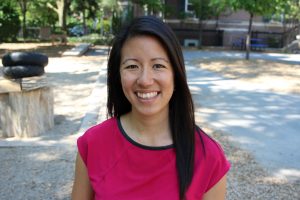
Larisa Lam
Program Director, The Robertson Program

